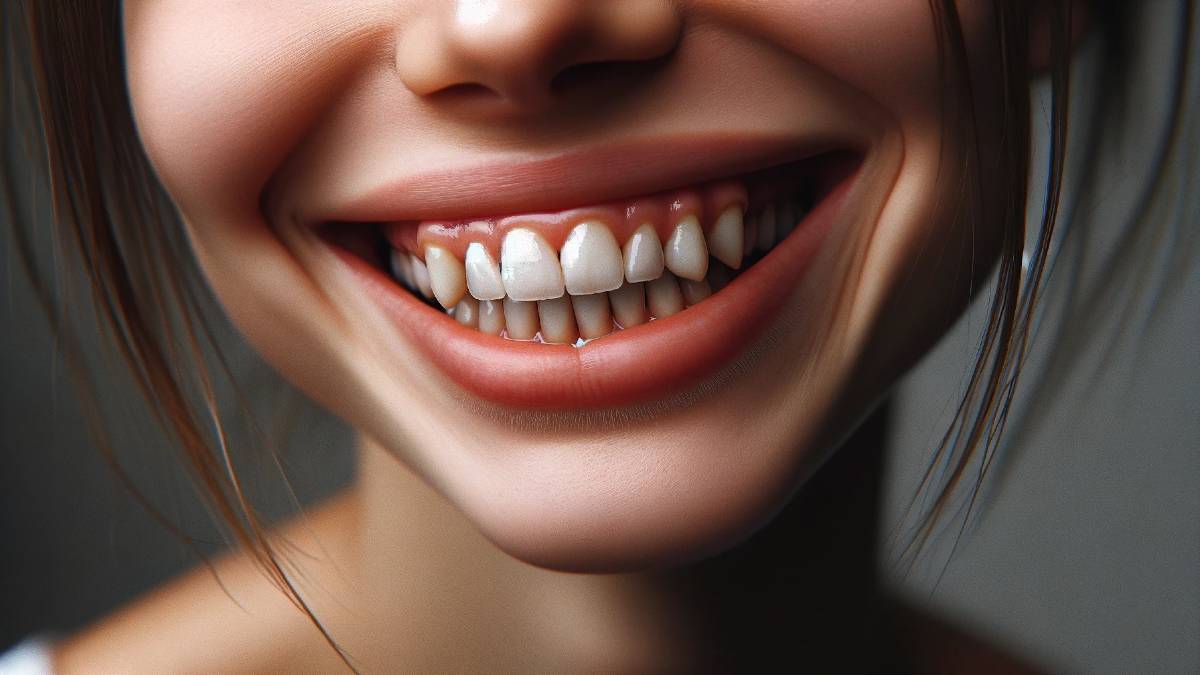Treatment Options for Crooked Teeth

Having a perfect smile with straight, evenly-spaced teeth is an ideal that many people strive for. However, those born with crooked, overlapping, or gapped teeth face challenges in achieving that picture-perfect look. Fortunately, modern orthodontic treatments offer many effective options for realigning crooked teeth.
Braces
Braces are the most common and well-known method for straightening crooked teeth. Traditional metal braces use a combination of brackets, wires, and elastic bands to gradually shift the teeth into proper alignment over one to three years. In many cases, especially with children and teens, braces are an effective way to achieve straighter teeth.
Ceramic and lingual braces provide more discreet options, with ceramic braces blending in more with the natural tooth color and lingual braces being mounted behind the teeth. However, these forms of braces are typically more expensive than metal braces. Headgear may also be required as an added component in conjunction with braces for certain bite issues.
Invisalign
Invisalign clear aligners offer an alternative to traditional braces using a series of customized, transparent trays that incrementally move the teeth over time. Each tray is worn for 1-2 weeks before moving on to the next. Invisalign aligners are removable, so they do not have as much impact on speech and eating restrictions.
However, Invisalign may not work as well as braces for more complex misalignment issues, and teeth could relapse if aligners are not worn consistently for the prescribed length of time. Invisalign also tends to be more expensive than traditional braces. But for adults or teens concerned about aesthetics during treatment, Invisalign provides a discreet approach.
Tooth Contouring and Reshaping
For relatively minor issues with tooth spacing or overlapping, contouring and reshaping procedures may adequately straighten teeth without months or years’ worth of orthodontic treatments. This process involves removing small amounts of enamel in order to shape the teeth into a straighter position. The enamel is permanently removed, so this is best for small adjustments.
In some cases, the teeth may subsequently seem slightly uneven in size from the enamel removal, but for minor crooked or gapped teeth this quick cosmetic solution may be enough to create an improved appearance. Porcelain veneers can then also mask any unevenness in tooth sizes or form following adjustments.
Jaw Surgery
When misaligned teeth are caused by underlying skeletal jaw issues, orthodontic treatments for the teeth themselves may provide limited improvement. In these situations, corrective jaw surgery – also called orthognathic surgery – is sometimes recommended in conjunction with orthodontics.
During orthognathic surgery, the maxillofacial surgeon repositions and realigns the jawbones, which subsequently provides enough room to allow teeth to be straightened with braces and retainers afterward. While the recovery period is lengthy at about 6 months for full healing, this joint dental and surgical approach can result in dramatic and stable improvements to severely crooked teeth and bite issues resulting from jaw misalignments requiring skeletal correction.
Choosing a Treatment Approach
Many factors go into determining the best treatment plan for realigning crooked teeth, like the severity of the misalignment, keeping teeth relapse afterward, treatment timeframes, costs, insurance coverage, and personal preferences for things like aesthetic discreetness during treatment. Consulting with an orthodontist allows for professional evaluation of options most suitable for each patient’s condition and desired results when seeking to fix crooked smiles. Achieving well-aligned teeth offers confidence, health, and aesthetic benefits that make these investments in dental work worthwhile for many with problematic bites.
